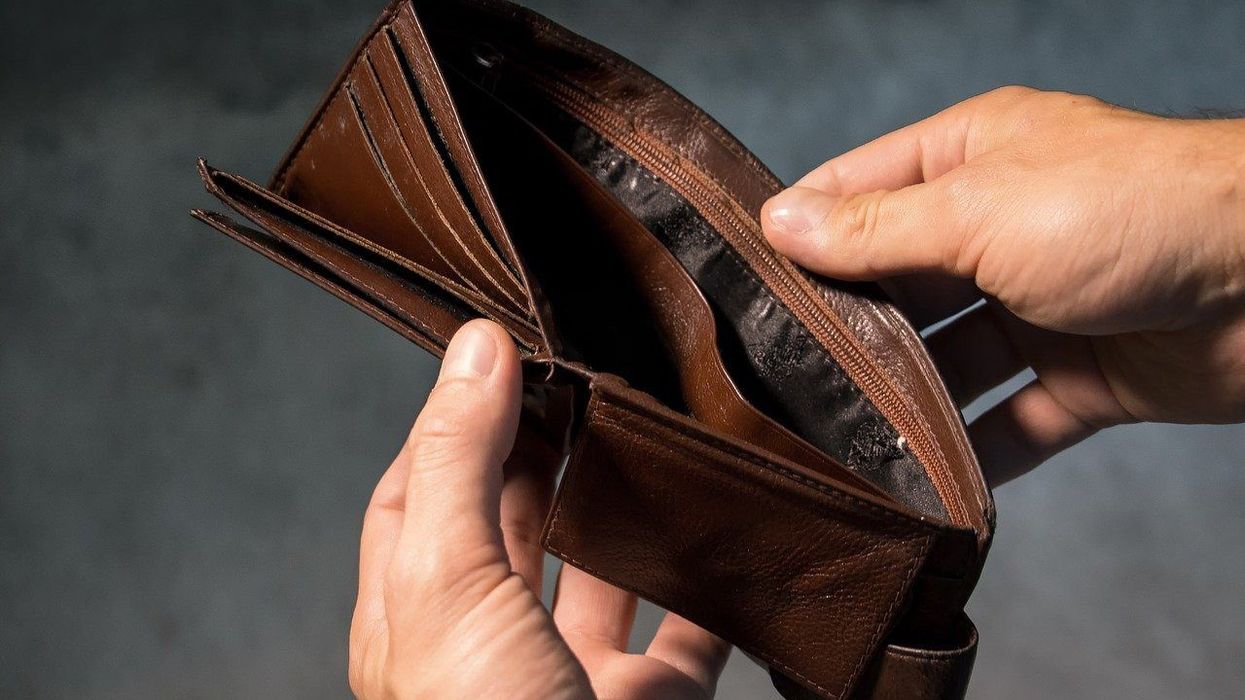Just days after the Bank of Canada said they've seen a decline in “deeply indebted borrowers,” the Canadian Association of Insolvency and Restructuring Professionals (CAIRP) says within the next year, there will be a rise in household bankruptcy rates in Canada.
According to the report, based on 20 years worth of data from the Office of the Superintendent of Bankruptcy Canada (OSB), consumer insolvencies increase just two years after interest rates start to rise.
READ: Tougher Rules And Higher Rates Fade Canadian Mortgage Risk
Since the Bank of Canada started increasing interest rates in mid-2017, CAIRP expects to see an increase in bankruptcy rates among Canadians by mid-2019 through to 2020 and possibly even longer. Since June of 2017, the Bank of Canada has increased interest rates five times, going from 0.5 per cent to 1.75 per cent.
"For more than a year, the issue of high consumer debt and rising interest rates have been a growing concern but they haven’t been reflected yet in the number of consumer insolvency filings," Chantal Gingras Chair of CAIRP said in a statement. "That’s due to the insolvency time lag that occurs between the point trouble begins and the point at which overextended individuals are forced to begin the debt resolution process.”
READ: 3 Ways Rising Interest Rates Will Affect You And How You Can Prepare For Them
Gingras went on to note that rising interest rates may cause less consumer spending thus slowing business growth and ultimately leading to higher unemployment rates. “While none of these factors cause bankruptcies on their own, together they are the perfect storm,” says Gingras.
Through a member survey, CAIRP also discovered 95 per cent of their members believe Canadians have unhealthy levels of debt. And they're blaming it on a combination of high interest rates, lack of financial literacy and ease of securing credit.
READ: Toronto And Vancouver Digging Into Debt Faster Than All Other Major Canadian Cities
CAIRP says financial education is a major factor for preventing consumer debt. "A person who is unable to meet their financial commitments does not automatically go bankrupt; in an environment where credit is easily accessible, they simply borrow more," Gingras says. "Those who don’t have strong personal finance skills are more easily lured into increasing lines of credit, taking on high-cost payday loans or credit cards. Credit can be a benefit to consumers when used wisely, but for those without financial savvy, it can quickly become an inescapable cycle of debt.”
The good news is that Canadians seem to be serious about avoiding debt. In a recent survey by Nanos and Bloomberg News, 41 per cent of Canadians said high-interest rates had a negative impact on personal spending.





















